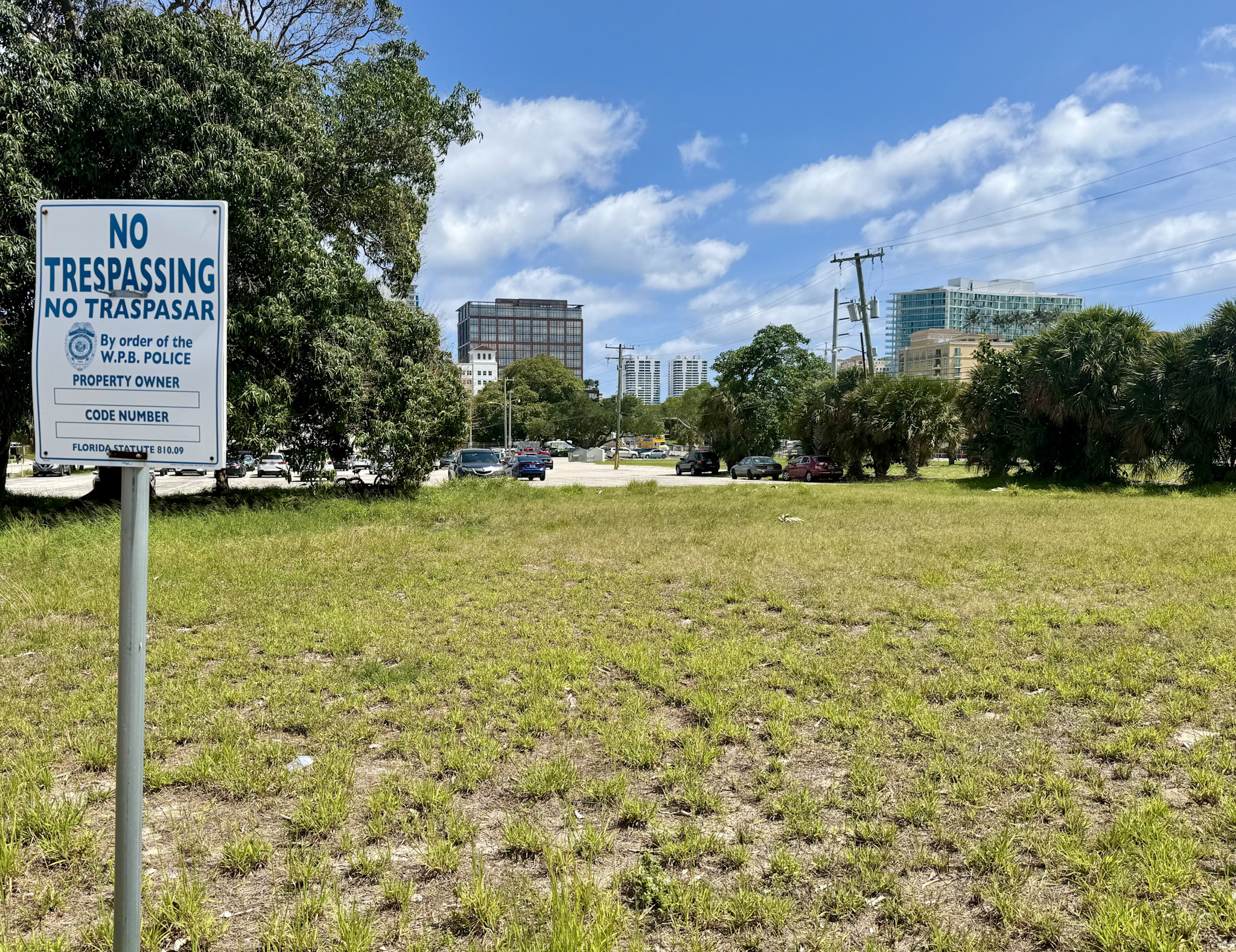Report on the Environmental and Health Impacts of Rail Electrification in the San Francisco Bay Area
Introduction and Alignment with Sustainable Development Goals (SDGs)
A recent study on the electrification of the Caltrain rail system in the San Francisco Bay Area has demonstrated significant improvements in air quality and public health. The transition from diesel to electric trains provides a compelling case study on the successful implementation of policies that advance several key United Nations Sustainable Development Goals (SDGs). This initiative directly supports:
- SDG 3: Good Health and Well-being, by reducing exposure to harmful air pollutants.
- SDG 11: Sustainable Cities and Communities, by creating cleaner, safer, and more sustainable urban transport systems.
- SDG 13: Climate Action, by mitigating the impact of potent, short-lived climate pollutants.
Key Findings: Air Quality Improvement and SDG 11
The study’s primary findings highlight a drastic reduction in air pollution, a critical target for SDG 11, which aims to reduce the adverse per capita environmental impact of cities, including by paying special attention to air quality. The transition yielded the following results:
- A reduction in riders’ exposure to black carbon by an average of 89%.
- A significant decrease in ambient black carbon concentrations within and surrounding the San Francisco station, benefiting the wider community.
Joshua Apte, an air quality monitoring expert and one of the study’s authors, noted the dramatic change, contrasting the previous environment of diesel smoke and noise with the cleaner conditions following electrification.
Public Health Implications and SDG 3: Good Health and Well-being
The reduction of black carbon, a known carcinogen, has profound implications for public health, directly contributing to SDG 3. The study projects a substantial decrease in health risks associated with air pollution exposure. The estimated public health benefits include:
- A potential reduction of 51 excess cancer deaths per 1 million riders.
- A potential reduction of 330 excess cancer deaths per 1 million train conductors.
These outcomes represent a tangible step toward reducing premature mortality from non-communicable diseases through the prevention of environmental pollution.
Climate Action and SDG 13
The electrification project is a significant measure for climate change mitigation, aligning with the objectives of SDG 13 (Climate Action). Black carbon, also known as soot, is a short-lived climate pollutant with a disproportionately high impact on global warming.
- According to the Climate and Clean Air Coalition, black carbon has a warming impact up to 1,500 times stronger than carbon dioxide per unit of mass.
- By eliminating diesel emissions from its fleet, Caltrain has effectively reduced a potent source of atmospheric warming.
Broader Implications for Sustainable Infrastructure (SDG 9 & SDG 11)
The success of the Bay Area project serves as a scalable model for other regions, promoting the development of sustainable, resilient, and inclusive infrastructure as outlined in SDG 9 (Industry, Innovation, and Infrastructure). The study’s authors note that dozens of similar diesel-operated commuter rail systems across the United States could achieve comparable air quality and health benefits through electrification.
This trend is mirrored in other public transportation sectors, further supporting SDG 11’s goal of providing access to safe, affordable, and sustainable transport systems:
- Michigan: The Dearborn school district is set to receive 18 electric school buses.
- California: The state is investing $500 million to acquire 1,000 new electric buses for distribution in over 130 rural and low-income school districts.
These initiatives, along with individual choices to adopt electric vehicles, collectively advance the transition to cleaner transportation infrastructure nationwide.
1. Which SDGs are addressed or connected to the issues highlighted in the article?
SDG 3: Good Health and Well-being
- The article directly connects the electrification of trains to improved public health. It highlights that the reduction in black carbon, a known carcinogen, from diesel trains leads to better air quality and could significantly lower cancer risks for both riders and train conductors.
SDG 11: Sustainable Cities and Communities
- The core subject of the article is the improvement of urban transportation infrastructure in the San Francisco Bay Area. By switching from diesel to electric trains, the city is making its public transport system more sustainable, reducing air pollution within the community, and improving the urban environment, as noted by the change in smell and noise at the station.
SDG 13: Climate Action
- The article explicitly links the reduction of black carbon emissions to climate change mitigation. It states that electrifying transport helps in “slowing the warming of our planet” and points out that black carbon has a warming impact “up to 1,500 times stronger than carbon dioxide.”
SDG 7: Affordable and Clean Energy
- The transition from diesel-powered trains and buses to electric ones represents a shift towards cleaner energy sources for transportation. While the article doesn’t specify the source of the electricity, this move is fundamental to increasing the share of clean energy in the transport sector.
SDG 9: Industry, Innovation, and Infrastructure
- The article discusses a major infrastructure upgrade through “Caltrain’s recent electrification.” This project, along with the electrification of school bus fleets in Michigan and California, represents an investment in developing sustainable, resilient, and innovative infrastructure.
2. What specific targets under those SDGs can be identified based on the article’s content?
-
SDG 3: Good Health and Well-being
- Target 3.9: By 2030, substantially reduce the number of deaths and illnesses from hazardous chemicals and air, water and soil pollution and contamination. The article’s focus on reducing exposure to black carbon, a carcinogenic air pollutant, and its potential to “cut excess cancer deaths” directly aligns with this target.
-
SDG 11: Sustainable Cities and Communities
- Target 11.6: By 2030, reduce the adverse per capita environmental impact of cities, including by paying special attention to air quality. The study’s finding that electrification “significantly improved air quality” and “reduced ambient black carbon concentrations” in San Francisco directly addresses this target.
- Target 11.2: By 2030, provide access to safe, affordable, accessible and sustainable transport systems for all. The electrification of Caltrain and school bus fleets is a direct effort to create a more sustainable transport system, which also becomes safer from a health perspective by eliminating diesel emissions.
-
SDG 13: Climate Action
- Target 13.2: Integrate climate change measures into national policies, strategies and planning. The decision by transport authorities and school districts to electrify their fleets is a tangible example of integrating climate change mitigation strategies (reducing black carbon emissions) into local and regional planning.
-
SDG 9: Industry, Innovation, and Infrastructure
- Target 9.1: Develop quality, reliable, sustainable and resilient infrastructure…to support economic development and human well-being. The article describes the Caltrain electrification as a significant infrastructure project that improves sustainability and human well-being through better air quality.
3. Are there any indicators mentioned or implied in the article that can be used to measure progress towards the identified targets?
-
Indicators for SDG 3 (Target 3.9)
- Mortality rate attributed to air pollution (Indicator 3.9.1): The article implies this indicator by stating that the reduction in black carbon could “cut excess cancer deaths by 51 per 1 million people for riders and 330 per 1 million people for train conductors.”
-
Indicators for SDG 11 (Target 11.6)
- Annual mean levels of fine particulate matter (PM2.5) in cities (Indicator 11.6.2): Progress is directly measured by the article’s report of a “significant reduction in ambient black carbon concentrations” and an “average of 89%” reduction in riders’ exposure to black carbon, which is a component of fine particulate matter.
-
Indicators for SDG 11 (Target 11.2)
- Proportion of population that has convenient access to public transport (Indicator 11.2.1): Progress towards making transport sustainable is shown by the physical act of “Caltrain’s recent switch from diesel to electric trains” and the purchase of “1,000 new electric buses” in California and “18 electric buses” in Michigan.
-
Indicators for SDG 9 (Target 9.1)
- Proportion of the rural population who live within 2 km of an all-season road (related to infrastructure access): While not a perfect match, the investment in “1,000 new electric buses” to be distributed to “more than 130 school districts in rural and low-income areas” in California is a direct measure of improving sustainable transport infrastructure beyond major urban centers.
-
Indicators for SDG 13 (Target 13.2)
- Progress on integrating climate change measures: The article provides concrete examples of this integration, such as the “electrification projects” for commuter rail and school bus fleets, which are tangible actions to mitigate climate change by reducing emissions of potent warming agents like black carbon.
4. SDGs, Targets, and Indicators Analysis
| SDGs | Targets | Indicators Identified in the Article |
|---|---|---|
| SDG 3: Good Health and Well-being | 3.9: Substantially reduce deaths and illnesses from hazardous chemicals and air pollution. | Reduction in cancer risk; potential to “cut excess cancer deaths by 51 per 1 million people for riders and 330 per 1 million people for train conductors.” |
| SDG 11: Sustainable Cities and Communities | 11.6: Reduce the adverse per capita environmental impact of cities, especially air quality. | “Reduced ambient black carbon concentrations”; “reduced riders’ exposure to black carbon by an average of 89%.” |
| SDG 11: Sustainable Cities and Communities | 11.2: Provide access to safe, affordable, accessible and sustainable transport systems for all. | The electrification of the Caltrain system; purchase of 1,000 electric buses in California and 18 in Michigan. |
| SDG 13: Climate Action | 13.2: Integrate climate change measures into policies, strategies and planning. | The implementation of “future electrification projects” for public transport as a strategy to reduce emissions of black carbon, which has a high warming impact. |
| SDG 9: Industry, Innovation, and Infrastructure | 9.1: Develop quality, reliable, sustainable and resilient infrastructure. | The completion of “Caltrain’s recent switch from diesel to electric trains” as a major sustainable infrastructure upgrade. |
Source: thecooldown.com







